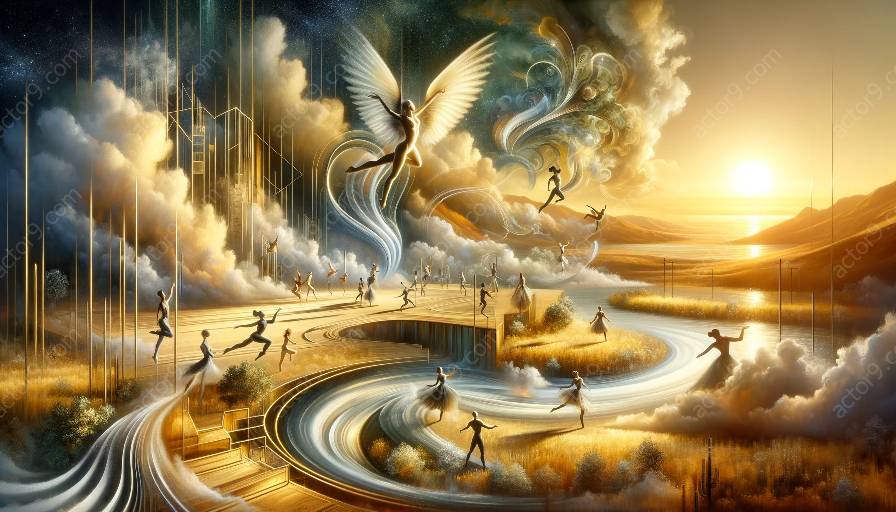Physical theatre and circus arts are two distinct performance genres with unique characteristics and techniques. Both forms involve the use of the body as a primary tool for storytelling and expression. In recent years, there has been a growing interest in the intersection of physical theatre and circus arts, leading to the development of innovative and transformative acts that blend the two disciplines.
Understanding Physical Theatre
Physical theatre is a performance style that emphasizes the use of the body in storytelling, often incorporating elements of dance, mime, and gesture to convey emotions and narratives. Physical theatre artists explore movement, body language, and spatial relationships to create compelling performances that transcend verbal language.
Exploring Circus Arts
Circus arts encompass a wide range of disciplines, including acrobatics, aerial performances, clowning, and object manipulation. Circus acts often feature feats of physical strength, agility, and dexterity, and are known for their awe-inspiring spectacles and daring stunts. Traditional circus performances have evolved into contemporary forms that emphasize artistic expression and narrative-driven storytelling.
The Intersection of Physical Theatre and Circus Arts
When physical theatre techniques are integrated into circus acts, the result is a transformative and multidimensional experience for both performers and audiences. The incorporation of physical theatre elements adds depth and emotional resonance to circus performances, elevating them beyond mere displays of physical prowess. By infusing storytelling, character development, and theatricality, circus acts infused with physical theatre become more engaging and immersive.
Effects of Physical Theatre on Circus Acts
1. Emotional depth and storytelling: Physical theatre techniques allow circus performers to convey a wider range of emotions and tell more nuanced stories through their movements and interactions. This creates a deeper connection between performers and audiences, fostering a more impactful and memorable experience.
2. Character development and theatricality: Physical theatre encourages performers to inhabit characters and embody theatrical personas, adding depth and complexity to circus acts. This enhances the dramatic and visual elements of the performance, creating richer and more compelling narratives.
3. Artistic innovation and creativity: The integration of physical theatre techniques into circus acts fosters artistic experimentation and innovation, leading to the development of new forms of expression and movement vocabulary. This allows performers to push boundaries and explore unconventional approaches to circus performance.
The Evolution of Circus Arts
As the boundaries between physical theatre and circus arts continue to blur, the evolution of circus acts is propelled by the infusion of theatrical and choreographic elements. Contemporary circus companies and individual performers are embracing a more holistic approach to performance, drawing inspiration from physical theatre traditions to enrich their artistic practice.
The Future of Physical Theatre and Circus Acts
The transformative effects of physical theatre on circus acts are evident in the evolving landscape of performing arts. As collaboration between physical theatre artists and circus performers becomes more common, the boundaries of traditional circus acts are being redefined to incorporate theatrical and narrative elements. This convergence opens up new possibilities for artistic expression and audience engagement, shaping the future of circus arts as a dynamic and interdisciplinary form of performance.




































